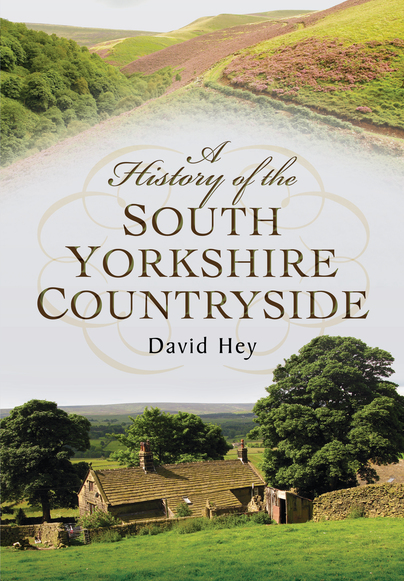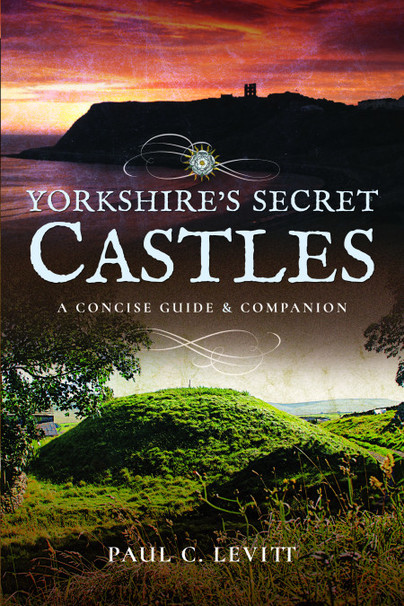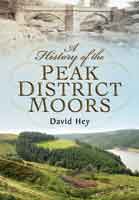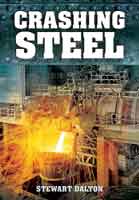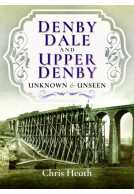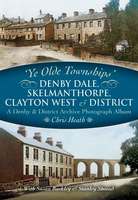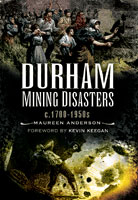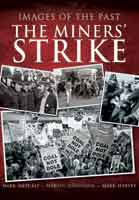A History of the South Yorkshire Countryside (Paperback)
Imprint: Pen & Sword Local History
Pages: 224
Illustrations: 80 B&W Pics
ISBN: 9781473834354
Published: 7th May 2015
Last Released: 31st March 2024
(click here for international delivery rates)
Need a currency converter? Check XE.com for live rates
| Other formats available | Price |
|---|---|
| A History of the South Yorkshire… ePub (23.1 MB) Add to Basket | £6.99 |
South Yorkshire has some of the most varied countryside in England, ranging from the Pennine moors and the wooded hills and valleys in the west to the estate villages on the magnesian limestone escarpment and the lowlands in the east. Each of these different landscapes has been shaped by human activities over the centuries. This book tells the story of how the present landscape was created. It looks at buildings, fields, woods and moorland, navigable rivers and industrial remains, and the intriguing place-names that are associated with them.
During my career as a local historian I have been lucky enough to meet some of the best writers and researchers of my time. That list includes David Hey, whose books helped in part, to setting me on my way to being a writer myself. The first title I bought was ‘Yorkshire – From AD 1000’, a weighty and highly detailed account of a thousand years of history across a huge area. Since then, further titles (amongst many) have centred nearer to home, with a History of Penistone and A History of the Peak District Moors (both Pen & Sword) and both excellent read’s. I was delighted when news that a further title concentrating on the South Yorkshire countryside was to be published.
Chris Heath, author
David Hey never disappoints and so it is that we embark on a tour of rural South Yorkshire by beginning with an examination of its oldest churches. I’m always particularly keen when an author touches on subjects that I write about and so I find details of Roche Abbey, Monk Bretton Priory, High Hoyland and Laughton En Le Morthern churches. Gunthwaite Barn and the Spencer family of Canon Hall and the Micklethwaite family of Ingbirchworth are also here. But there is so much more! Langsett, Thurlstone and Midhope farms, Tickhill, Tankersley Park, the Dearne and Dove canal, Rockley and Worsborough Hall’s, Catcliffe Glasshouse, Nonconformist chapels, coal mining, Wentworth and Elsecar alongside much more. The book is well illustrated with plenty of old maps, plans and old photographs and the section on the Wentworth family and Wentworth Castle is excellent.
This is a fabulous introduction to those who are either long time residents or those who are unfamiliar with the area, an area whose countryside is gradually and quite rightly begun to be appreciated for its outstanding natural beauty. This book explains why and how the hand of the human has helped to shape and create what we can see today. The book is also a highly interesting read and a useful research tool for those who want to take their knowledge of rural South Yorkshire further. I read this in one sitting and enjoyed it very much – you will do the same! Come on David – keep em coming!!
About David Hey
One of Pen & Sword's best-known local authors, David Hey, sadly passed away in March 2016.
He was Emeritus Professor of Local and Family History at the University of Sheffield, President of the British Association for Local History and the Chairman of the British Record Society. He also served as the South Yorkshire and North-East Derbyshire Area President of The Ramblers' Association. He was well-known and much respected for his numerous books, articles and lectures relating to Yorkshire and Derbyshire, including The History of Penistone and District (2002) for Wharncliffe Books. He grew up in the Penistone district and later lived with his wife at Dronfield Woodhouse.
Yorkshire's Secret Castles A Concise Guide and Companion (Paperback)
There is no single event in the history of our nation that has impacted society as profoundly as the Norman Conquest. These were brutal times and revolts prompted the erection of a large number of timber and earth castles, the majority being built between 1071 and 1145. Yorkshire has many examples and this book goes in search of sites that represent the earliest feudal stamp of the Normans on the county’s landscape. Many are situated off the beaten track and command superb views of outstandingly beautiful countryside, while others are close to populated areas. In some instances, the visible…
By Paul C LevittClick here to buy both titles for £31.98







